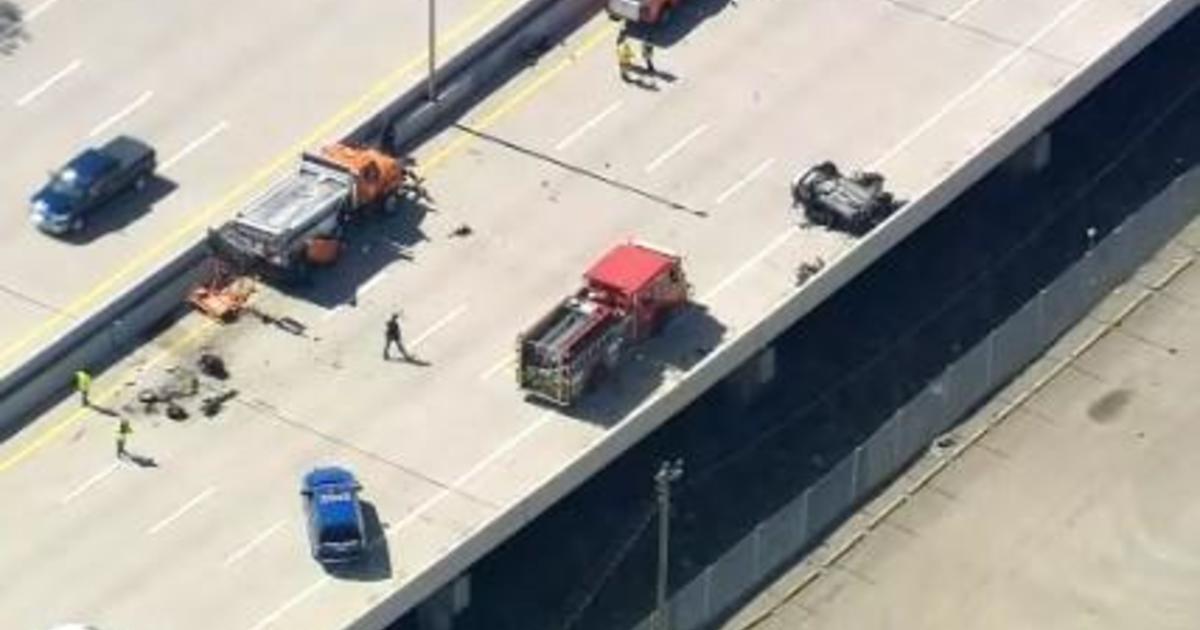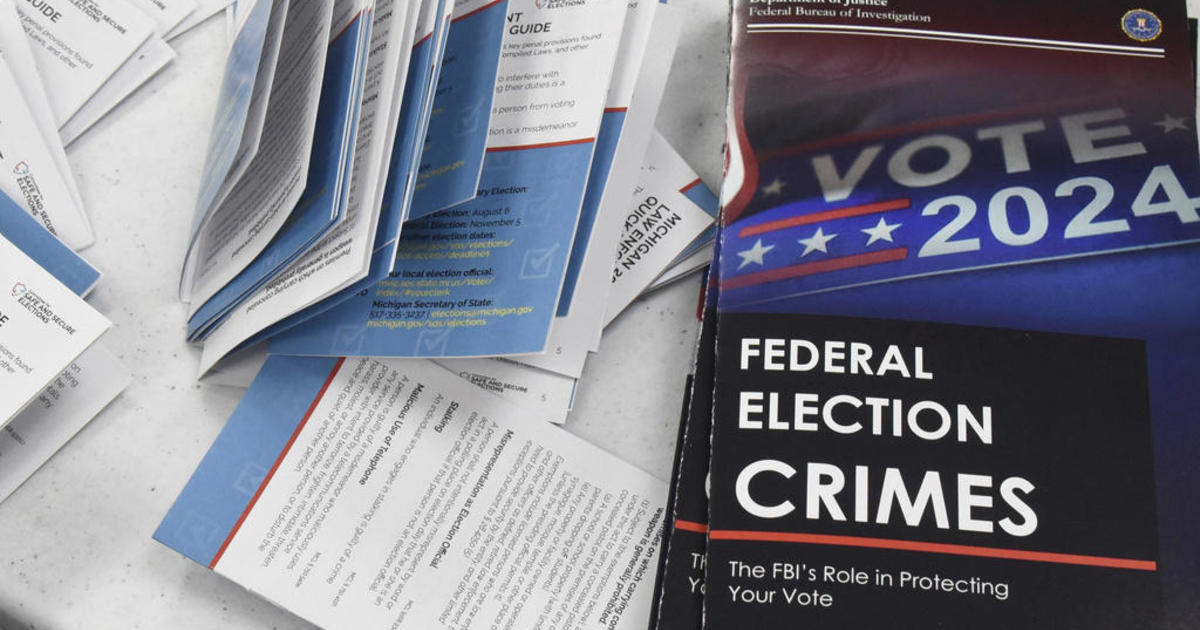Tips: Stay Safe During A Power Outage
DETROIT (WWJ) - It's not unusual for people to forget the common sense precautions we should take when an emergency like a power outage strikes.
WWJ Newsradio 950's Pat Sweeting spoke with Heather Schaewe, an injury prevention specialist at Children's Hospital of Michigan, offered some tips for local families left in the dark.
"If you decide to run a generator, never run it inside, always make sure it's outside," Schaewe told WWJ Newsradio 950's Pat Sweeting. "We worry about carbon monoxide poisoning."
Another major concern is food safety.
"If the power's going to be off for less than two hours, you're OK. You can keep your food in the fridge. If for some reason you think it may be off for an extended amount of time, and not knowing how long it's gonna be out, I would pack the stuff that needs to stay cold into a cooler with ice," she said.
Schaewe said that, with children around, only use wet ice. Dry ice can cause serious injuries if handled improperly.
RELATED: Over 210K Lose Power In Morning Storms
Here is a complete list of tips provided Children's Hospital:
Carbon Monoxide Poisoning
• To prevent carbon monoxide poisoning, use generators, pressure washers, grills, and similar items outdoors only.
Food Safety
• If the power outage is less than two hours food in your refrigerator and freezer will be safe to consume. Keep the refrigerator and freezer doors closed as much as possible.
• If the power is more than two hours, throw away refrigerated food that has a temperature higher than 40°F.
• Pack milk, other dairy products, meat, fish, eggs, gravy, and spoilable leftovers into a cooler surrounded by ice.
Check with local authorities to be sure your water is safe.
When power goes out, water purification systems may not be functioning fully.
• Safe water for drinking, cooking, and personal hygiene includes bottled, boiled, or treated water.
• Boiling water, when practical, is the preferred way to kill harmful bacteria and parasites. (Your state, local, or tribal health department can make specific recommendations for boiling or treating water in your area.)
• Continue to use only bottled, boiled, or treated water until your supply is tested and found safe.
• If you don't have clean, safe, bottled water and if boiling is not possible, you often can make water safer to drink by using a disinfectant, such as unscented household chlorine bleach, iodine, or chlorine dioxide tablets.
o Filter water through a clean cloth, paper towel, or coffee filter OR allow it to settle. Draw off the clear water.
o For clear water add 1/8 teaspoon (or 8 drops; about 0.625 milliliters) of unscented liquid household chlorine (5–6%) bleach
o For cloudy water add 1/4 teaspoon (or 16 drops; about 1.50 milliliters) of bleach for each gallon
o Stir well and let it stand for 30 minutes or longer before you use it.
o If using iodine or chlorine dioxide tablets follow the manufacturer's instructions.
Heat
Heat stroke is the most serious heat illness and can lead to death. Be aware of yours and others' risk for heat stroke, heat exhaustion, heat cramps and fainting.
• Warning signs of heat stroke vary but can include:
o Red, hot, and dry skin (no sweating)
o Rapid, strong pulse
o Throbbing headache
o Dizziness, nausea, confusion, or unconsciousness
o An extremely high body temperature (above 103°F)
• If you suspect someone has heat stroke, follow these instructions:
o Get the person to a cooler area and immediately call for medical attention
o Cool the person rapidly by immersing him/her cool water or a cool shower, or spraying or sponging him/her with cool water.
o If the humidity is low, wrap the person in a cool, wet sheet and fan him/her vigorously.
o Monitor body temperature and continue cooling efforts until the body temperature drops to 101-102°F.
o Do not give the person alcohol to drink.
First Aid for Electrical Shock
• If you believe someone has been electrocuted take the following steps:
o Look first. Don't touch. Touching the person may pass the current through you.
o Call or have someone else call 911
o Turn off the source of electricity if possible. If not, move the source away from you and the affected person using a nonconducting object made of cardboard, plastic or wood.
o Once the person is free of the source of electricity, check the person's breathing and pulse. If either has stopped or seems dangerously slow or shallow, begin cardiopulmonary resuscitation (CPR) immediately.
o If the person is faint or pale or shows other signs of shock, lay the person down with the head slightly lower than the trunk of his or her body and the legs elevated.
o Don't touch burns, break blisters, or remove burned clothing.
o Electrical shock may cause burns inside the body, so be sure the person is taken to a doctor.
Power Line Hazards and Cars
• If a power line falls on a car, you should stay inside the vehicle and warn people not to touch the car or the line. Call or ask someone to call the local utility company and emergency services.
• The only circumstance in which you should consider leaving a car that is in contact with a downed power line is if the vehicle catches on fire. Open the door and try to jump free of the car so that your body clears the vehicle before touching the ground and shuffle at least 50 feet away, with both feet on the ground.
• Call for help immediately by dialing 911 or call your electric utility company's Service Center/Dispatch Office.
• Never try to help someone else from the car while you are standing on the ground.
Be Prepared for an Emergency
• The CDC recommends that people make an emergency plan that includes a disaster supply kit, enough for three days, to include:
o Water
o Dried and canned food
o Emergency supplies (flashlights, batteries, first-aid supplies, prescription medicines, and a digital thermometer)
RELATED: Tips To Avoid Heat-related Illness



